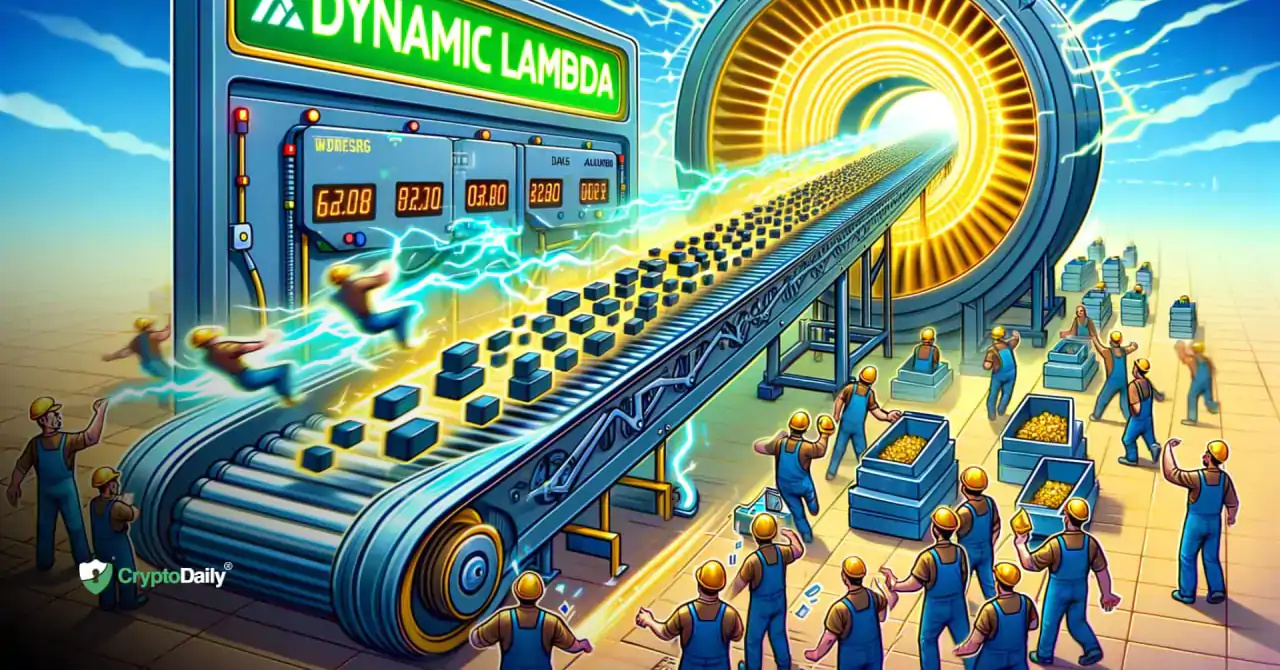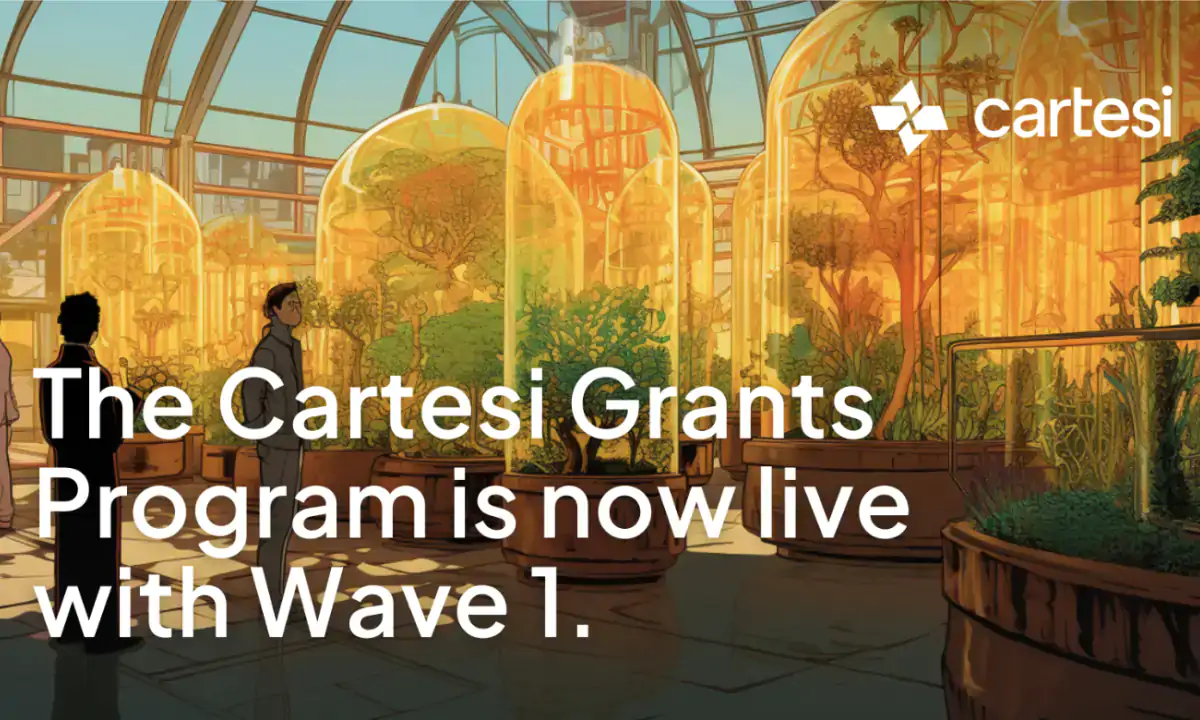Table of Contents
- Algorand Implements Dynamic Lambda Upgrade
- Block Creation Confirmed Below 3 Seconds
- Dynamic Round Times Improving Network Performance
- Algorand’s Roadmap For 2024
The latest Dynamic Lambda upgrade on the Algorand blockchain has successfully sped up the process by shaving off 20% of the block time.
Algorand Implements Dynamic Lambda Upgrade
Block creation on the Algorand blockchain has been improved by 20% thanks to the latest protocol update, Dynamic Lambda. Also referred to as the “dynamic round times” update, it has sped up block time significantly by keeping it below three seconds on average.
The team behind the Layer-1 blockchain, Algorand Foundation, announced the news of the upgrade on January 17 via a post on X.
The statement reads,
“This protocol upgrade, which went into effect today, will increase network performance, meaning higher throughput and lower block times.”
The team announced this update along with dropping its roadmap for 2024, titled The Algorand Gambit.
Block Creation Confirmed Below 3 Seconds
The speed-up has been validated by the multi-platform analytics application Grafana, which confirmed that the block interval time has been hovering around 2.9 seconds per block since the Dynamic Lambda upgrade.
Before the Dynamic Lambda upgrade, block creation took an average of 3.3 seconds on the Algorand blockchain. In comparison, block creation on Ethereum takes an average of 12 seconds.
According to the roadmap, the dynamic round times will provide much-needed flexibility to enhance the efficiency and scalability of the Algorand network.
The announcement claims,
“End-users will experience quicker confirmations at a point-of-sale speed with which they’re familiar, creating a seamless and timely interaction with the blockchain.”
Dynamic Round Times Improving Network Performance
The Dynamic Lambda upgrade was first voted into the network on January 10 and implemented on January 17. The Algorand team claims that the upgrade’s algorithm was designed to function more dynamically while adjusting block finality while also considering factors like network congestion. According to the team, this dynamic approach will result in decreased average processing times, enhanced scalability, and faster confirmation speeds.
The team wrote,
“Think of it like this — you’re at a bus stop, and instead of adhering to a rigid timetable, the bus adjusts its departure time based on the number of passengers waiting.”
Algorand’s Roadmap For 2024
Other than the Dynamic round times, the Algorand Foundation is planning several other key developments for the blockchain, as revealed in the roadmap. The blockchain will be integrating the Python programming language by wrapping it in a comprehensive toolkit called AlgoKit 2.0 to provide everything needed for quick onboarding, drawing in leading AI and Machine Learning professionals.
The team is also planning to transition a significant number of relays to non-archival status to increase the environmental and overall efficiency of the network while keeping costs low. The roadmap also revealed plans for consensus incentivization and a transition to a P2P gossip network for increased decentralization.



 BlocksInform
BlocksInform




 Ethereum
Ethereum Algorand
Algorand





